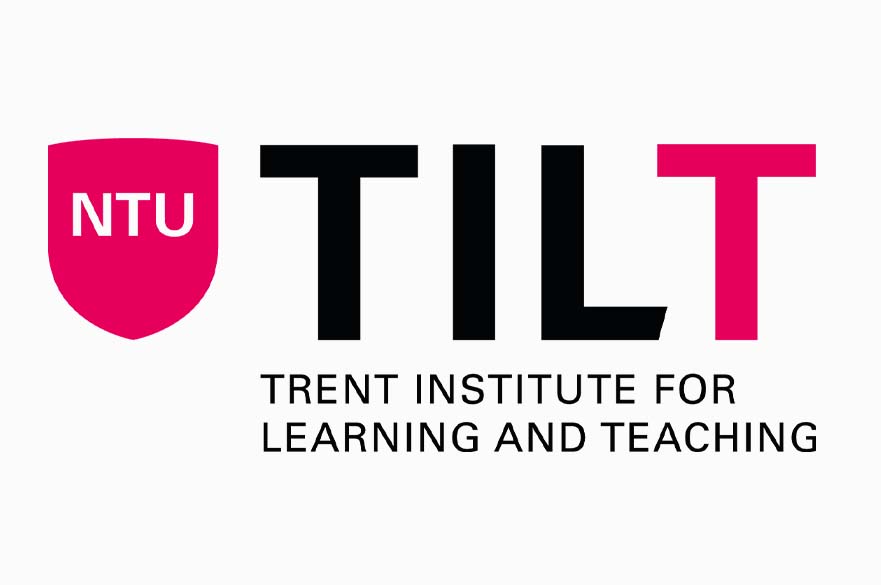10 Jul 2025
Contemporary art spaces have always occupied this strange cultural paradox—simultaneously public yet exclusionary, open yet intimidating. There are those who move through galleries with effortlessness, people who know everyone and everything in the art world. Then there are those who enter, half-expecting to be met with some unspoken test of cultural literacy, ready to dismiss ‘modern art’. But the most telling group—the one that reveals the most about what galleries could be—are the ones in between: the students, young adults, people stealing time from their lunch breaks to go to the gallery across town, people who want to engage but aren’t quite sure how.
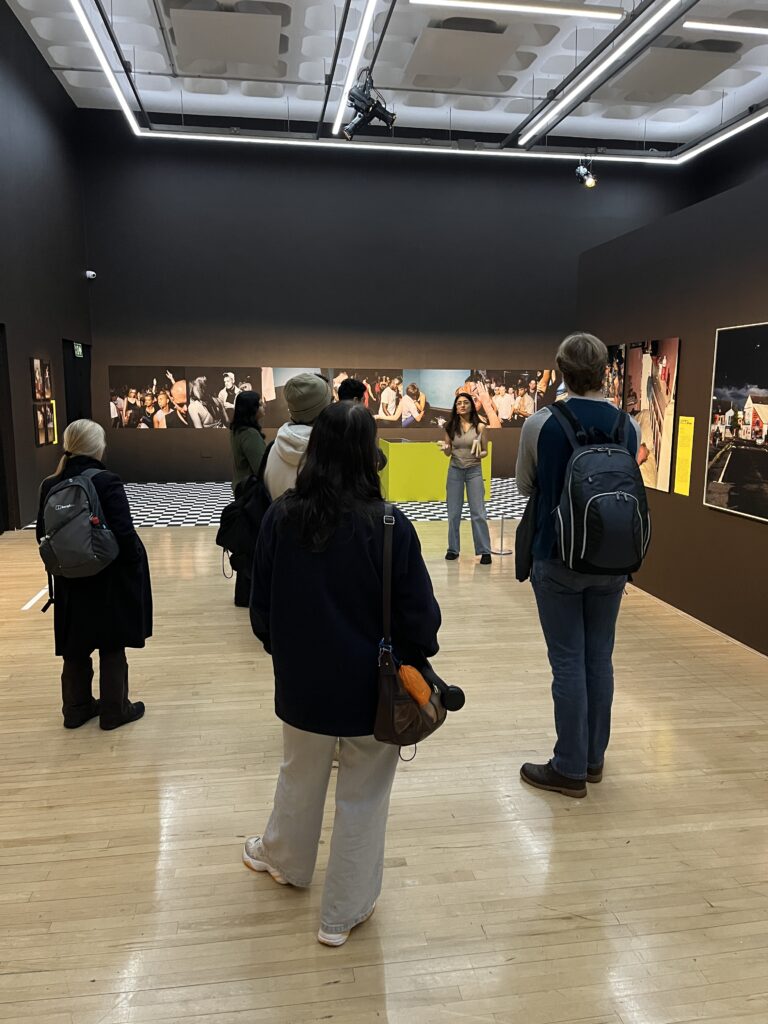
These initial thoughts eventually led to the ideation of Bonington Connects. Over the past few months, this student-led series has tried to renegotiate gallery spaces, by opening up art and research without watering it down. The first session looked at Bonington Gallery’s autumn 2024 exhibition After the End of History: British Working Class Photography 1989-2024 (curated by Johny Pitts) alongside writings by Susan Sontag and Roland Barthes— theorists that can often seem jargon heavy. But by situating ourselves among the photographs— theory instead of being an obstacle can start feeling like a tool to look at photography and access exhibitions. After the talk ended, the conversation continued into the atrium, where coffee and snacks helped turn what could have been a lecture into a more genuine exchange of ideas.
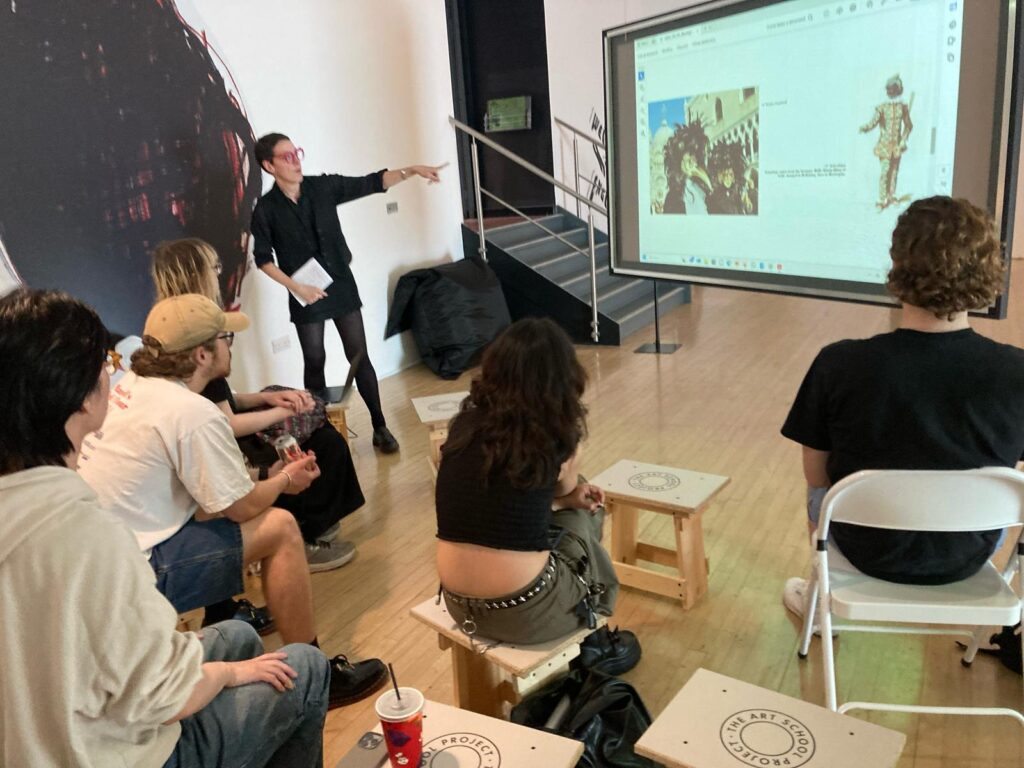
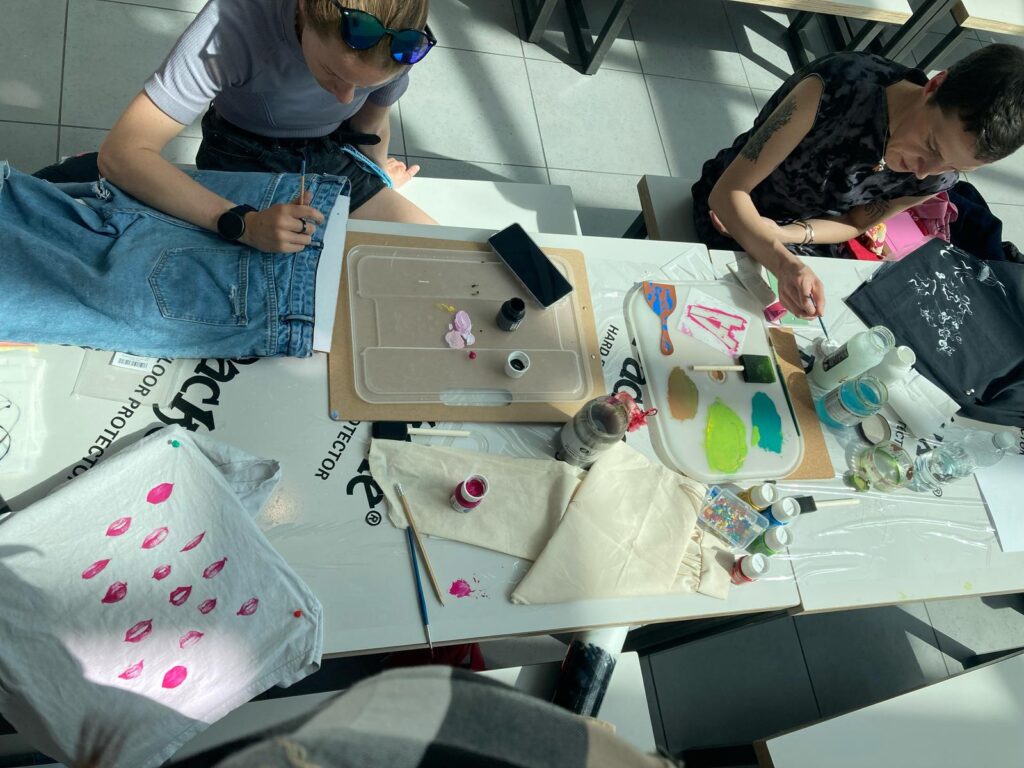
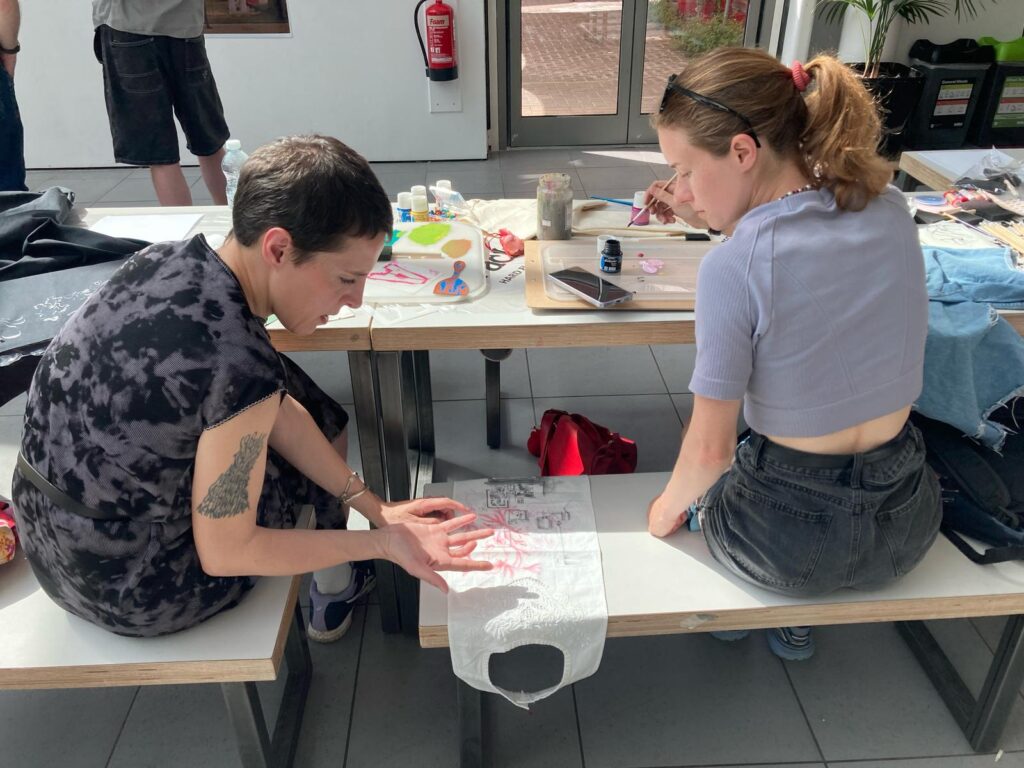
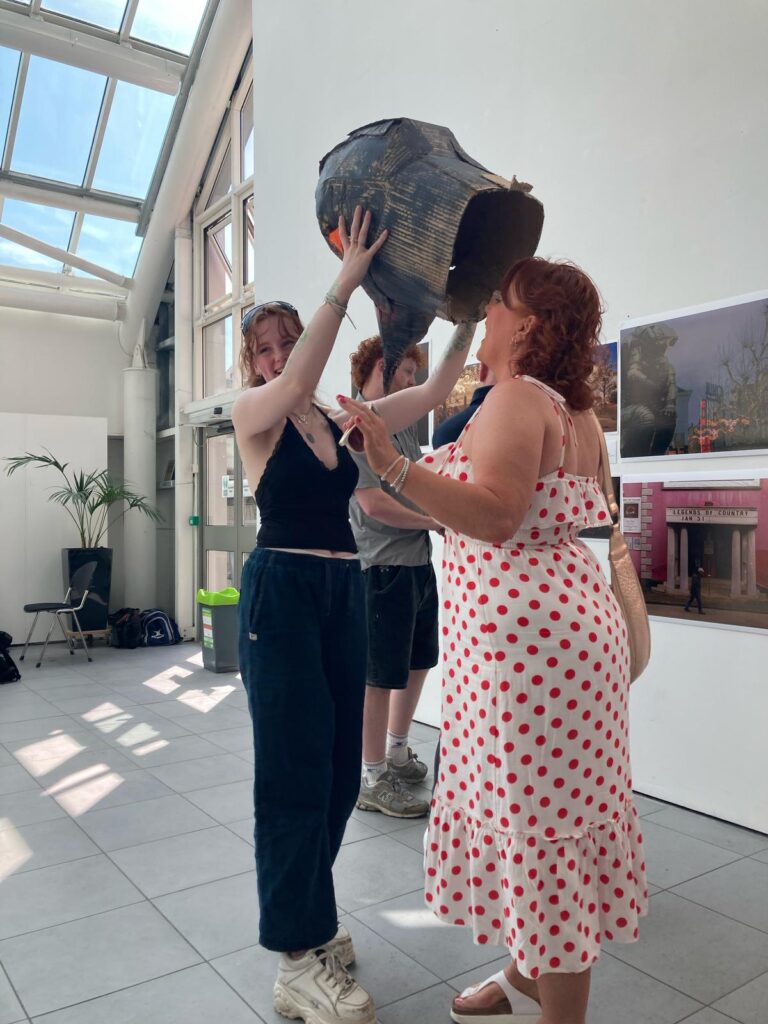
For the second workshop we had Arianna Tinulla Milesi’s two day lecture and workshop, which took the idea of participation further. As Arianna put it, her project “This room has no walls anymore, but just endless trees” became a literal reality during those two days—a space where art and fashion history, spontaneous interactions and collective drawing came together. Participants discussed subcultural fashion in connection with rituals, community, and the subversive powers of rebellion via identity. On day 2, these ideas were brought to life through transforming their own personal clothing items. It became an exciting intersection of theoretical discussion of ideas from the previous day and conscious collective making, personifying the ideas of building community via subcultural fashion.
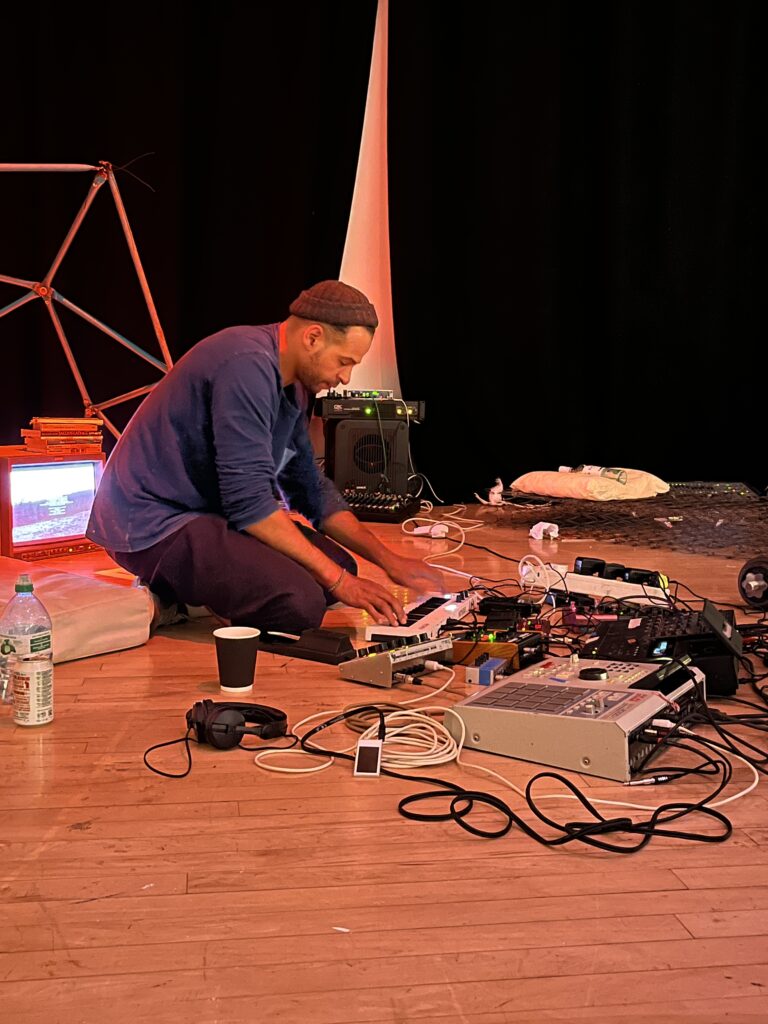
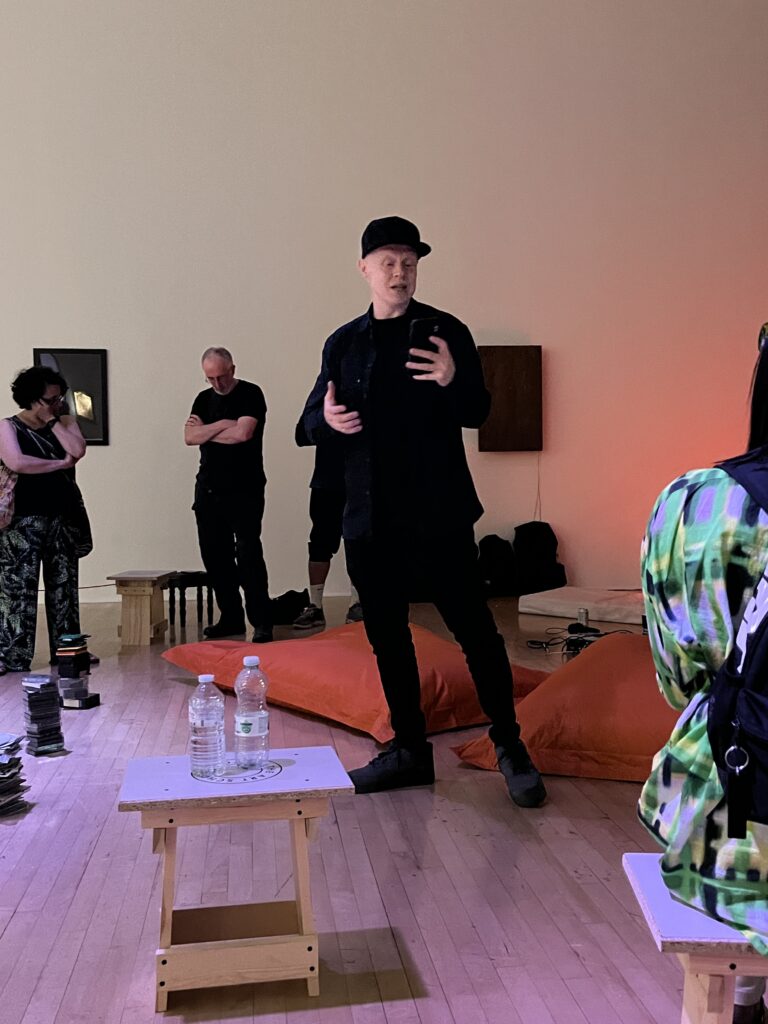
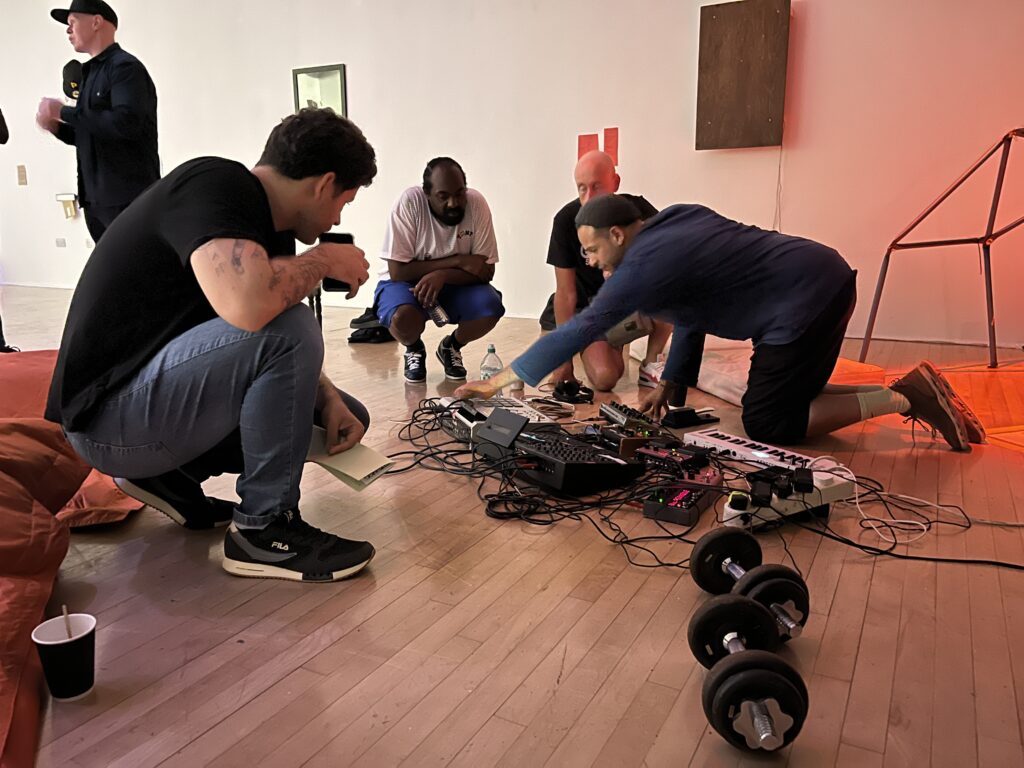
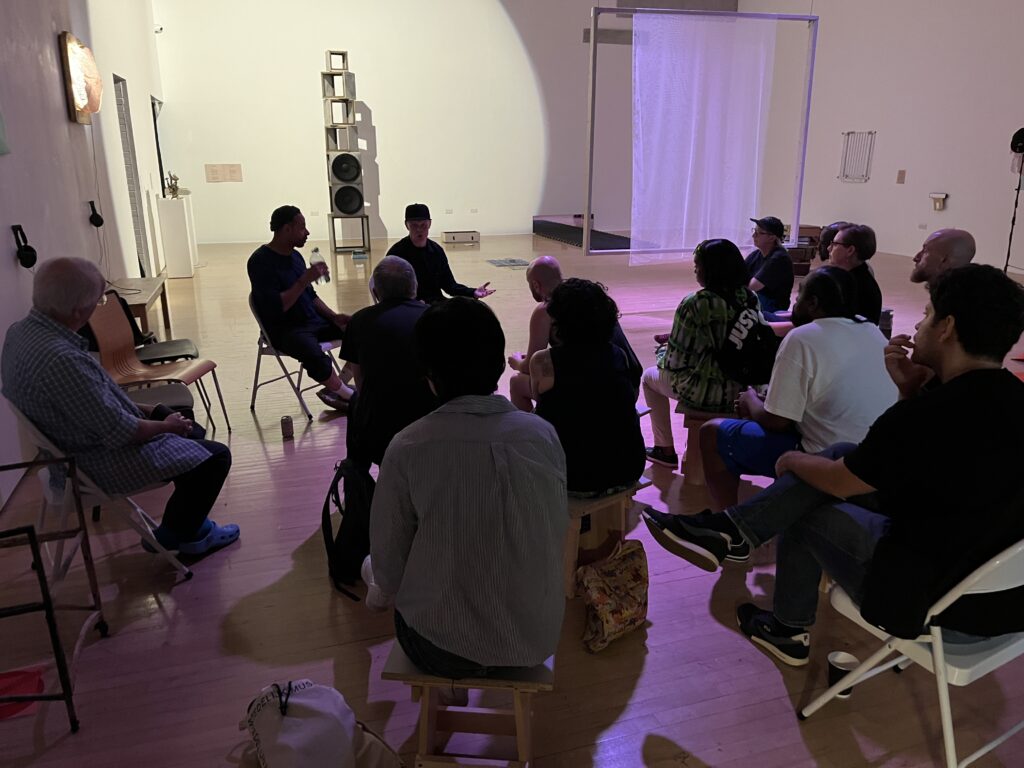
For the final iteration of Bonington Connects, we had Cappo and Tom Harris’s sound workshop and discussion. Their conversation brought to life the ideas that went behind Cappo’s exhibition CAPStone and the walkthrough contextualised the objects in the gallery, making it more accessible for the audience. Ending with a sound environment built by Tom Harris, conversation amongst visitors and artists evolved organically over coffee and many visitors later cited this event being particularly inspiring in their feedback.
These events were made possible through support from NTU’s TILT funding, allowing us to experiment with how galleries can become more welcoming spaces, invite external contributors and making sure they are fairly compensated. The events are tied together by their informality and their focus on participation and just the simple idea that galleries should be places for real conversations. Where it’s okay to like things, dislike things, or not be sure. Where big ideas can sit alongside personal responses and where everyone, regardless of how much art they’ve studied, can find something to connect with.
— Vidhi Jangra, July 2025
Bonington Connects was a programme devised and programmed by Vidhi Jangra and delivered in partnership with Bonington Gallery and its exhibition and events programme.
